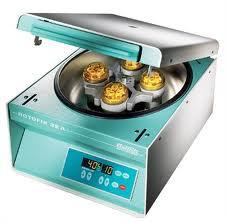In general, a DC drive converts an Alternating Current (AC) into Direct Current (DC) to run a DC motor. Most DC drives use a couple of thrusters (also known as SCR’s) to create a half cycle of DC output from a single phase AC control board repair input (known as half bridge method). The more advanced ones use 6 SCR’s to generate a DC output from a 3 phase AC input (known as full-bridge). So in the full-bridge method we have two SCRs for any input phase.
An SCR is like a “one direction” switch which is controlled by the gate input. By applying low voltage to the gates the SCR turns on. Applying the voltage to the gate at a different angle of the input phase, the output current varies and thus the drive can control the motor speed. To verify the motor speed, and compensate if necessary, most DC drives require the motor to have a tachometer as a feedback. A tachometer or “tach” is basically is a small permanent magnet DC motor coupled to the main motor’s shaft.On the other hand AC/DC drives are more energy sufficient and they can handle rapid speed changes better because of running induction motors. They often have hundreds of different programmable parameters for failsafe protections. Even though this makes the AC drive more complicated in a lot of ways, advancements in programming software provided by drive manufacturers is making them easier than ever to install and use.
For more details on this, please browse www.melriya.com.







